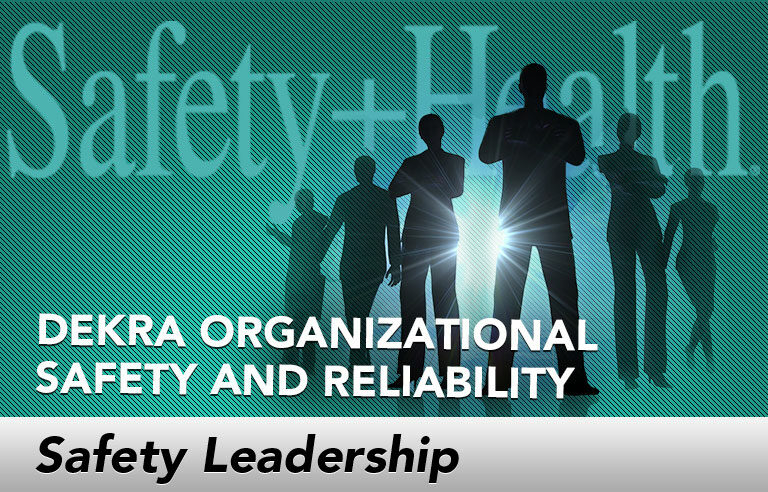Safety Leadership: Near compliance: A world of horseshoes and hand grenades

Editor’s Note: Achieving and sustaining an injury-free workplace demands strong leadership. In this monthly column, experts from global consulting firm DEKRA Insight share their point of view on what leaders need to know to guide their organizations to safety excellence.
They say that “almost” only counts in horseshoes and hand grenades. The same could be said in the world of safety. Being close to safety compliant is not the same as being safety compliant. For example, wearing your safety glasses on your head is not the same as wearing them over your eyes. Operating a piece of equipment at 120 psi is not the same as operating it at its stated limit of 110. We call these situations “near compliance” and, unfortunately, they have an insidious way of leading to increased exposure and, ultimately, incidents.
One of the biggest problems with near compliance is the inevitable reaction when an incident happens. It’s not uncommon for leaders to react by taking a hard stand on compliance to safety rules and procedures. This is a “snap back” or “slap back” approach to safety leadership. The problem with it is the renewed vigor around compliance seldom lasts, and the same level of near compliance eventually reoccurs.
Therefore, to truly fix this problem, you must understand why near compliance is not considered full compliance.
Why near compliance exists
The two most common reasons near compliance takes place are:
Disagreement on what is “safe.”
It’s difficult to get everyone aligned from top to bottom in an organization. It only takes one person with significant influence to change the norm. When equipment is running outside the limits and a leader, engineer or senior operator says, “Let’s keep running and see what happens” – and nothing bad happens – a new norm is set.
Overreliance on rules and regulations to address exposure.
There is such a thing as having too much information. Organizations can have so many rules and procedures in place – or make their few policies so complex – that employees can either get confused as to what to do or lose the will to even try. Meanwhile, leaders get overwhelmed trying to oversee, encourage and enforce people following all the directives.
To reduce near compliance, leadership must work on developing a culture of commitment in which safety moves beyond being a priority to a value. Leadership creates that culture. Culture is what leads to true and lasting change.
Culture allows slippage
If you’re in an organization of near compliance, two things are certain: One, the level of compliance will continue to slip, getting you further and further from being safe. Two, you can’t fire your way out of it. When confronted with near compliance, leadership often can fall into the trap of seeing it as an employee issue and blame employees for the culture (that leadership has created and allowed).
A full, top-to-bottom assessment is the first step we take in understanding if and why slippage is occurring in a company’s culture. The assessment illuminates the root cause of variation. Then, once complete, the organization can turn its attention to helping people through the safe decision-making process.
To know if your organization is in need of an assessment on near compliance, ask yourself the following questions:
- How committed is my leadership to the full execution of our safety standards and procedures?
- What is the risk appetite in my organization?
- What is preventing us from moving to a culture of commitment?
Honest answers to these questions will let you know if you’re playing with horseshoes or hand grenades at your workplace.
This article represents the views of the author and should not be construed as a National Safety Council endorsement.
 Don Groover, CIH (retired), CSP, is senior vice president of DEKRA Insight. Groover develops solutions that leverage the latest technology and advancements to improve safety performance in client organizations.
Don Groover, CIH (retired), CSP, is senior vice president of DEKRA Insight. Groover develops solutions that leverage the latest technology and advancements to improve safety performance in client organizations.
Direct to your inbox: Sign up to be notified in email about new Safety Leadership columns.
Post a comment to this article
Safety+Health welcomes comments that promote respectful dialogue. Please stay on topic. Comments that contain personal attacks, profanity or abusive language – or those aggressively promoting products or services – will be removed. We reserve the right to determine which comments violate our comment policy. (Anonymous comments are welcome; merely skip the “name” field in the comment box. An email address is required but will not be included with your comment.)

